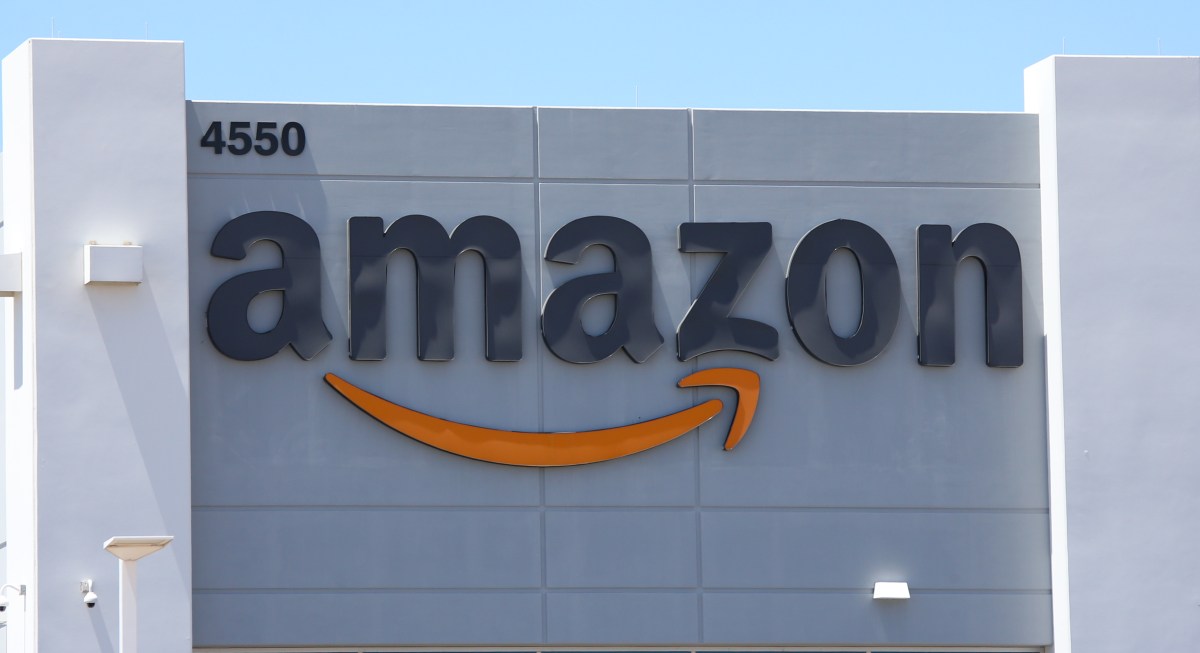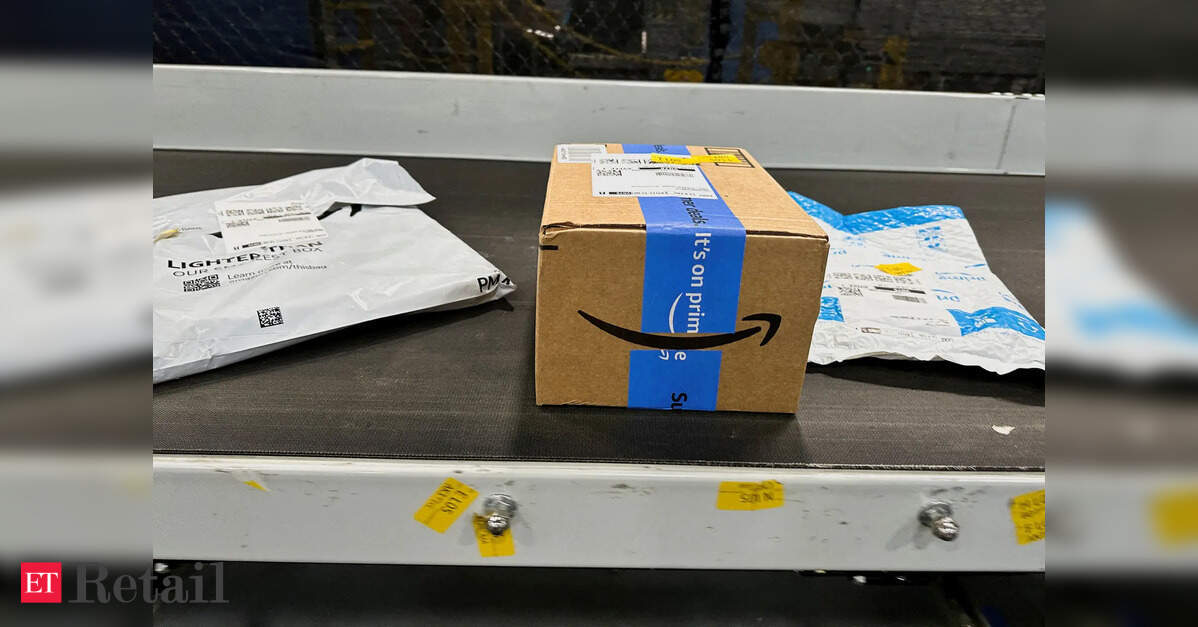Amazon Prime Day's $23.8 Billion Gamble: Is the E-Commerce Gold Rush Overvalued?
Henry RiversMonday, Jul 7, 2025 1:03 pm ET
![]() 28min read
28min read
The annual Amazon Prime Day has evolved from a niche promotional event to a retail earthquake. This year, Adobe Analytics forecasts the four-day shopping frenzy to generate —a 28.4% surge from 2023 and nearly double Black Friday's projected $10.8 billion haul. But as Prime Day's footprint balloons, investors must ask: Does this growth signal a sustainable boom for e-commerce infrastructure, or is it a sign of a market nearing saturation?
Amazon Prime Day's trajectory since 2015 is staggering. Starting at $900 million in its first year, U.S. sales have multiplied over 26x, hitting $12.9 billion in 2023. The event's expansion—from 24 hours to four days—and its shift into a global phenomenon (with $12.9B in worldwide sales last year) have turned it into a must-play event for retailers.
The 2025 estimate, however, hinges on several trends. , now 52.5% of online sales during Prime Day, has become a critical driver, with $12.5B projected this year. Meanwhile, —especially in apparel (24% off) and electronics (22% off)—are pushing consumers to splurge. Even , which saw a 3,200% traffic surge, are reshaping how shoppers discover deals.
But beneath the surface, cracks are emerging.
While Amazon's ecosystem benefits from Prime Day's traffic, third-party sellers face mounting pressure. The event's reliance on steep discounts (10%-24% across categories) may erode profit margins, particularly for smaller vendors. Adobe's data highlights a key dilemma: (e.g., TVs, appliances), but only if discounts make them affordable.
This dynamic advantages Amazon, which acts as a platform beneficiary regardless of individual seller profits. Meanwhile, competitors like Walmart and Target, which also participate in Prime Day promotions, risk subsidizing Amazon's dominance. Their stock performance—
—reveals a stark divide: Amazon's valuation reflects its monopolistic grip on the e-commerce narrative, while others struggle to monetize the same traffic spikes.
The logistical demands of Prime Day—massive order volume, accelerated shipping, and real-time analytics—are a boon for . Cloud providers like Amazon Web Services (AWS) and logistics companies such as FedEx (FDX) and UPS (UPS) are critical to sustaining the event's scale.
Consider this: Amazon's Prime Day logistics alone require a 30% surge in warehouse staffing and a 50% increase in delivery capacity. For companies that power these back-end systems, Prime Day isn't just a sales event—it's a stress test for their operational resilience.
But is Prime Day's growth overvalued? Two risks loom. First, —tariffs and supply chain bottlenecks—could disrupt the flow of discounted goods. Second, : With Prime Day now a four-day marathon, retailers risk exhausting shoppers' wallets and patience.
The data hints at caution. While Prime Day sales hit record highs, —a sign that holiday shopping is consolidating around Amazon's event. This concentration could backfire if competitors exit the market or consumers rebel against “deal fatigue.”
Prime Day's $23.8 billion bet is less about short-term profits and more about reinforcing Amazon's dominance. Investors should focus on the , not the retailers competing in it.
Yet, the red flag remains: Prime Day's exponential growth may not be sustainable. As discounts compress margins and competition intensifies, the e-commerce gold rush could turn into a race to the bottom. For now, bet on the enablers—but keep one eye on the exit.
Joe Weisenthal is a pseudonymous analyst specializing in tech-driven market dynamics. His analysis focuses on the intersection of consumer behavior, corporate strategy, and investment risk.







_1751880097.jpeg)




